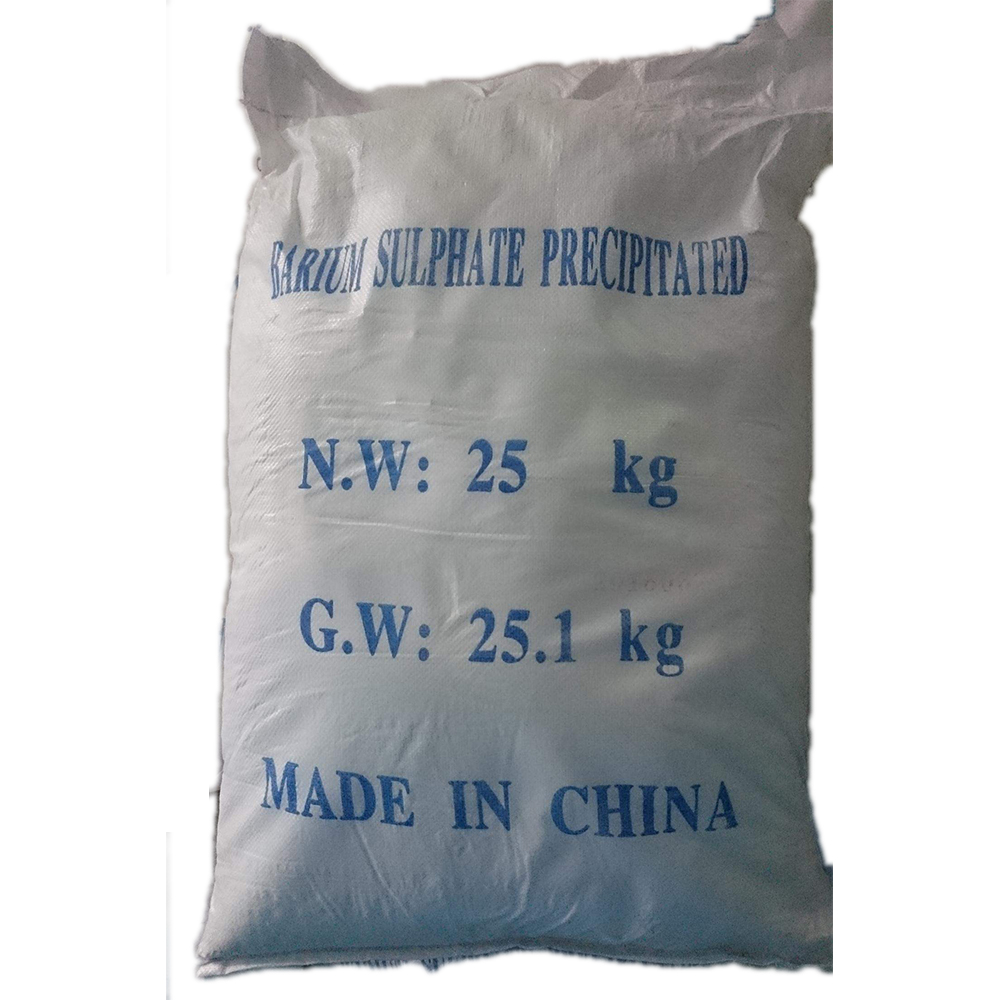



potassium persulphate
The Versatility and Applications of Potassium Persulphate
Potassium persulphate, a chemical compound with the formula K2S2O8, is a potent oxidizing agent commonly utilized in various industrial and laboratory applications. It appears as a white crystalline solid and is soluble in water, producing a strong oxidizing solution. Due to its reactivity, potassium persulphate plays a crucial role in diverse fields including organic synthesis, polymerization, and environmental treatment.
Chemical Properties
Potassium persulphate consists of two persulphate ions (S2O8²⁻) combined with two potassium ions (K⁺). This compound is characterized by its ability to undergo thermal decomposition, leading to the generation of reactive sulfate radicals. These radicals are key to its functionality as an oxidizer. The stability and solubility of potassium persulphate make it particularly valuable for controlled reactions in both aqueous and solid forms.
Applications in Organic Synthesis
In organic chemistry, potassium persulphate is frequently used as an initiator for radical polymerization reactions. When combined with certain co-initiators, it generates reactive radical species that initiate the polymerization of monomers, leading to the formation of various polymer products. This application is particularly important in the production of plastics, coatings, and adhesives, where control over polymer chain length and structure is paramount.
Additionally, potassium persulphate is utilized in preparing organic compounds by oxidizing sulfides to sulfoxides or sulfones, which are significant intermediates in pharmaceuticals and agrochemicals. Its ability to selectively oxidize specific functional groups allows chemists to construct complex molecular architectures effectively.
Role in Environmental Treatment
Another vital application of potassium persulphate lies in environmental remediation
. It is used in the treatment of contaminated groundwater and soil, particularly for the oxidation of pollutants such as volatile organic compounds (VOCs) and certain heavy metals. The release of sulfate radicals upon decomposition of potassium persulphate effectively promotes the oxidation of these contaminants, facilitating their degradation into less harmful substances.potassium persulphate

Moreover, potassium persulphate may serve as an alternative to chlorine-based oxidizers in disinfection processes, providing a broader spectrum of efficacy against pathogenic microorganisms. Its use in various water treatment applications underscores the importance of this chemical in promoting environmental health and safety.
Industrial Uses
The industrial sector leverages potassium persulphate not only as a polymerization initiator but also as a bleaching agent and a component in hair bleaching formulations. Its strong oxidizing properties enable the selective removal of color from various substrates, making it valuable in the textile and cosmetic industries.
In the textile industry, potassium persulphate is used to bleach fabrics and improve the efficacy of dyeing processes. In cosmetics, it is often included in formulations that aim to lighten hair color, providing an effective means of oxidation for natural pigments present in hair strands.
Safety and Handling
Despite its numerous benefits, potassium persulphate must be handled with caution due to its oxidizing nature. It can cause skin and eye irritation upon contact and poses risks of combustion when in proximity to flammable materials. Therefore, appropriate personal protective equipment (PPE) is essential when handling this compound, and adequate safety precautions should be taken to ensure safe storage and disposal.
Conclusion
Potassium persulphate is a versatile compound with a myriad of applications spanning various fields. Its role as an oxidizing agent in organic synthesis, environmental treatment, and industrial processes underscores its significance in modern chemistry. As industries continue to innovate and seek sustainable solutions for chemical processing, potassium persulphate is poised to remain a vital player in advancing both scientific research and practical applications. By understanding its properties and potential, we can harness the capabilities of this remarkable compound to drive forward progress in multiple sectors.
-
Why Sodium Persulfate Is Everywhere NowNewsJul.07,2025
-
Why Polyacrylamide Is in High DemandNewsJul.07,2025
-
Understanding Paint Chemicals and Their ApplicationsNewsJul.07,2025
-
Smart Use Of Mining ChemicalsNewsJul.07,2025
-
Practical Uses of Potassium MonopersulfateNewsJul.07,2025
-
Agrochemicals In Real FarmingNewsJul.07,2025
-
Sodium Chlorite Hot UsesNewsJul.01,2025










